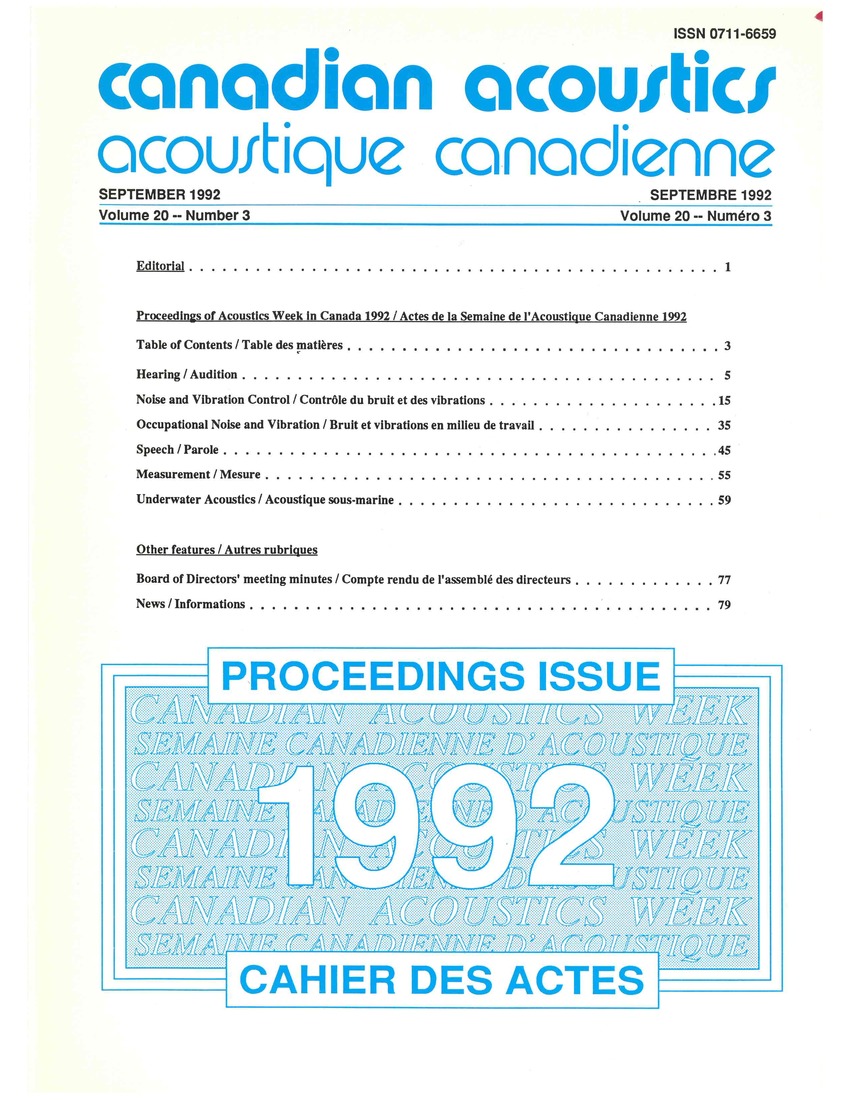Performance of combustor with acoustic augmentation of primary zone air-jet mixing
Keywords:
acoustic wave amplification, acoustic wave effects, dilution-air mixing processes, tubular combustor, exit plane temperature distribution, entrainment rate, dilution-air jets, acoustic pulsation, acoustically pulsed free-jet mixing, confined crossflowAbstract
Earlier work established that the dilution-air mixing processes of a small tubular combustor of normal design could be beneficially controlled by acoustic means; specifically a desired exit plane temperature distribution may be achieved. From these results it was inferred that the entrainment rate and mixing of the dilution-air jets was increased by the acoustic pulsation. These encouraging results promoted detailed investigations into acoustically pulsed free-jet mixing, and showed that the entrainment and entrainment coefficient of the jet could be considerably increased, by up to six times. Also, work on acoustically pulsed jet mixing with a confined crossflow, showed that mixing was significantly increased and penetration at least 100% increased. The success of these activities has now resulted in the technique being applied to the air jets of the combustor primary zone, because of the potential for control and improvement in combustor performanceAdditional Files
Published
How to Cite
Issue
Section
License
Author Licensing Addendum
This Licensing Addendum ("Addendum") is entered into between the undersigned Author(s) and Canadian Acoustics journal published by the Canadian Acoustical Association (hereinafter referred to as the "Publisher"). The Author(s) and the Publisher agree as follows:
-
Retained Rights: The Author(s) retain(s) the following rights:
- The right to reproduce, distribute, and publicly display the Work on the Author's personal website or the website of the Author's institution.
- The right to use the Work in the Author's teaching activities and presentations.
- The right to include the Work in a compilation for the Author's personal use, not for sale.
-
Grant of License: The Author(s) grant(s) to the Publisher a worldwide exclusive license to publish, reproduce, distribute, and display the Work in Canadian Acoustics and any other formats and media deemed appropriate by the Publisher.
-
Attribution: The Publisher agrees to include proper attribution to the Author(s) in all publications and reproductions of the Work.
-
No Conflict: This Addendum is intended to be in harmony with, and not in conflict with, the terms and conditions of the original agreement entered into between the Author(s) and the Publisher.
-
Copyright Clause: Copyright on articles is held by the Author(s). The corresponding Author has the right to grant on behalf of all Authors and does grant on behalf of all Authors, a worldwide exclusive license to the Publisher and its licensees in perpetuity, in all forms, formats, and media (whether known now or created in the future), including but not limited to the rights to publish, reproduce, distribute, display, store, translate, create adaptations, reprints, include within collections, and create summaries, extracts, and/or abstracts of the Contribution.


